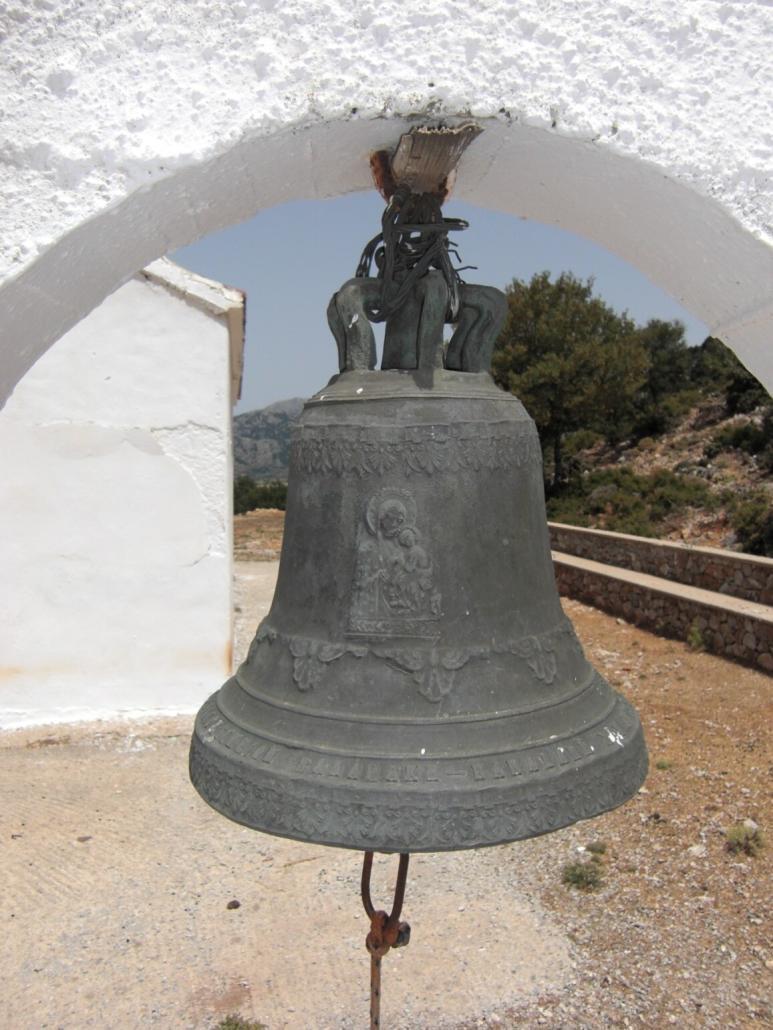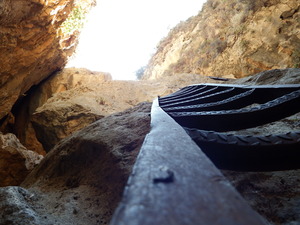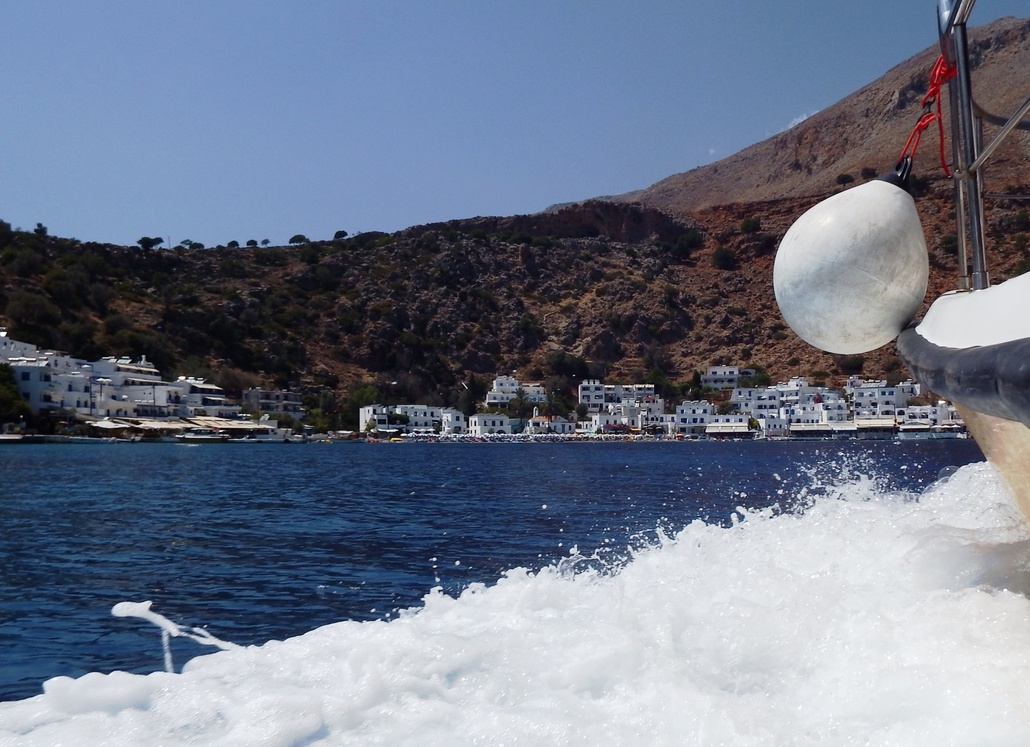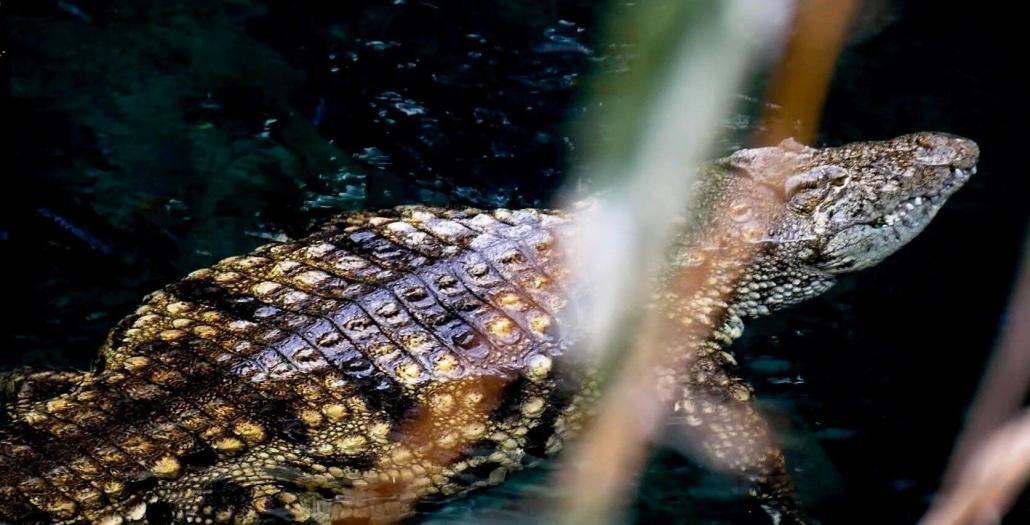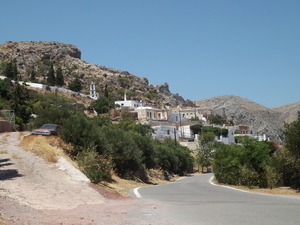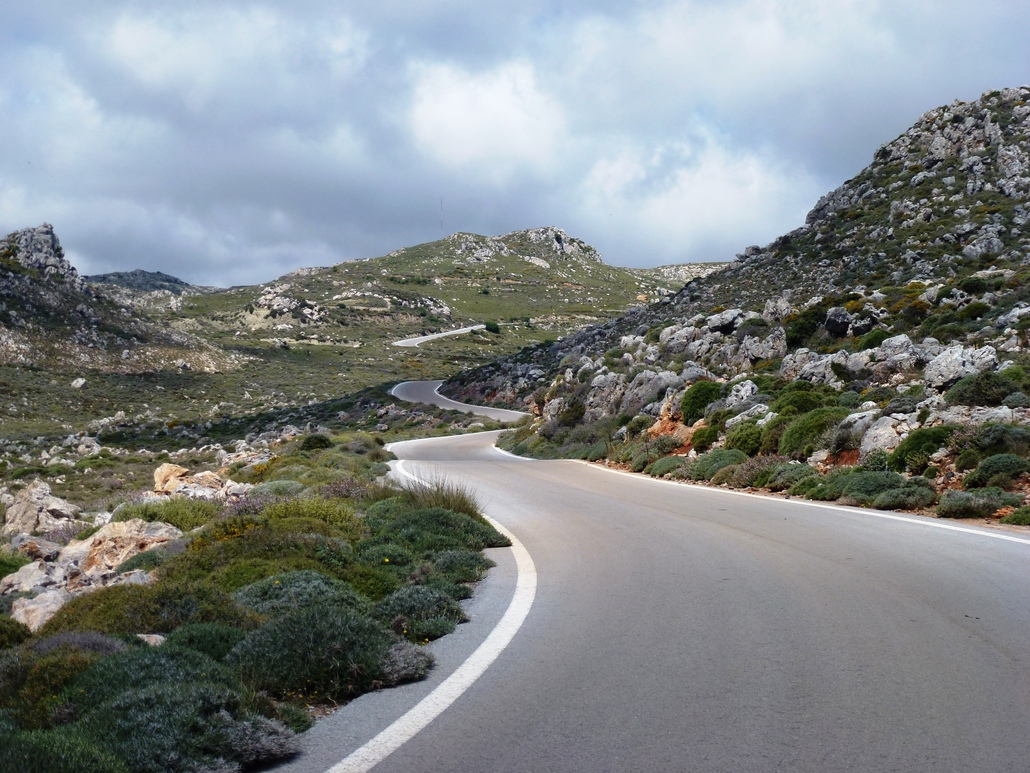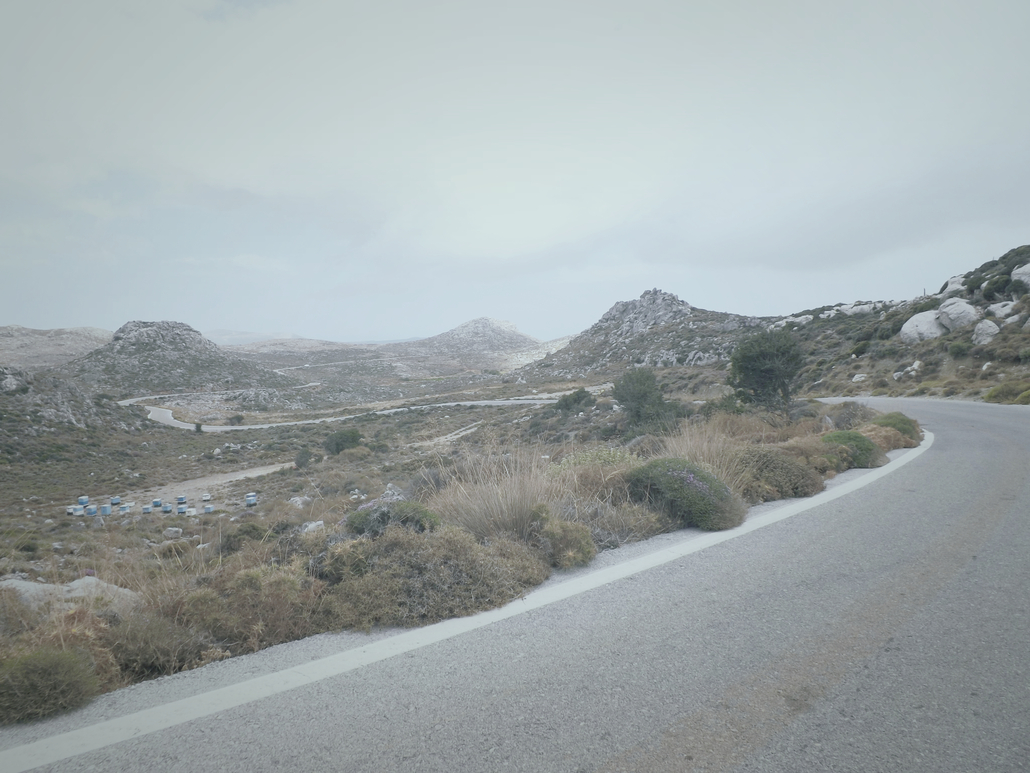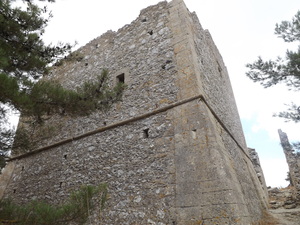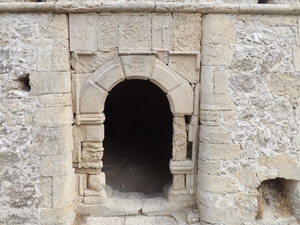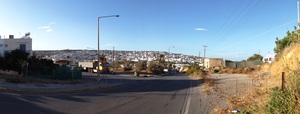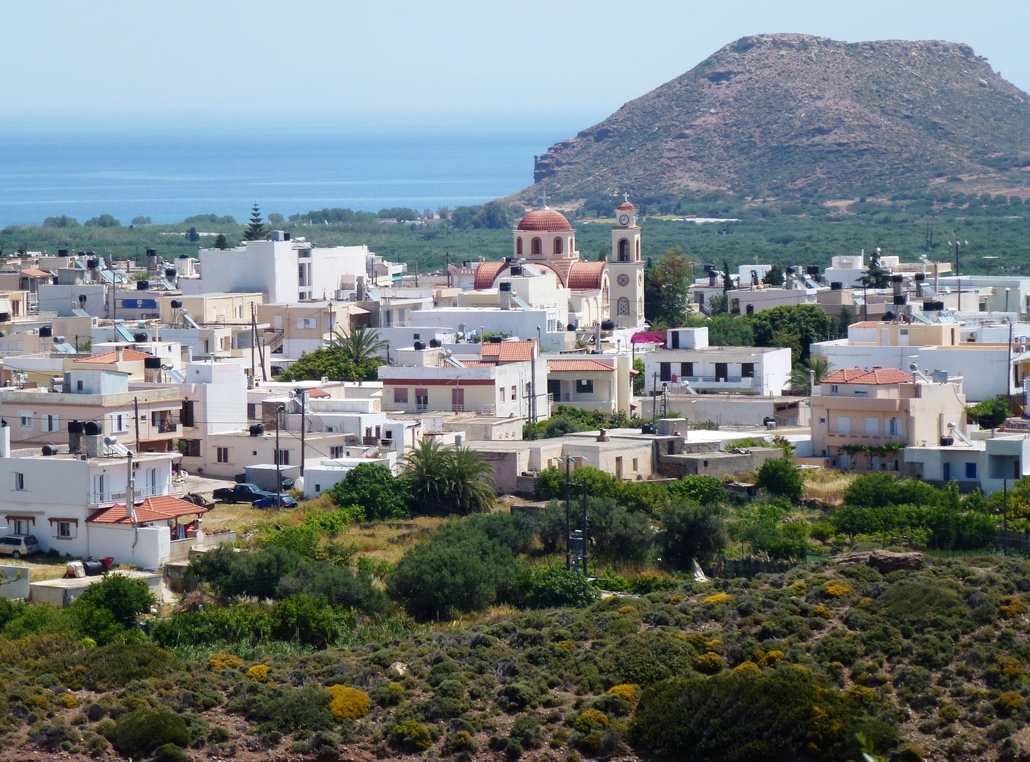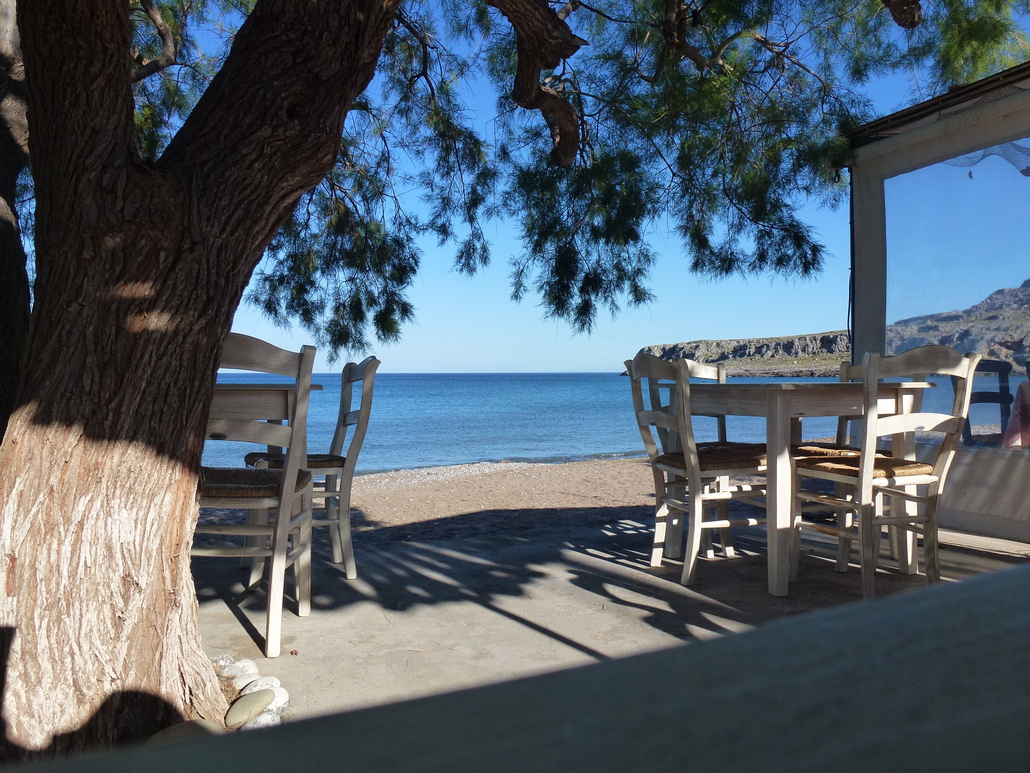PROLOGUE
It is said that a woman without a man is like a fish without a bicycle. And so it follows, that roses are red and violets are blue, and I am a schizophrenic, and so am I. [Leslie Nielsen in „Bad Golf My Way“ written by Henry Beard and David Fisher, 1994]
Well – not everyone travels for pleasure. You are on a mission and therefore ready to endure suffering and torment. Be it dangerous animals like cicadas that rob you of sleep at night with their love-filled chirping, a real Nile crocodile in the swimming pool or simply the presence of a myriad of insidious mosquitoes in the bedroom.
One rightly asks whether aliens are part of a tourist’s social life. As everyone knows, traveling is difficult for the common extraterrestrial, similar to the problem that the national railway has in reaching the desired destination. In the vastness of unmarked space, this is a challenge. The alien who loves to travel also has to overcome the gravity field of his home planet (Earth: rocket with 11.2 km/sec escape velocity) and he has to be prepared for what, by our standards, is a long journey.
If the planet Melmak hadn’t exploded, Alf would never have made the arduous journey through space and the dangers of an emergency landing and crash over the Tanners‘ garage. Every responsible citizen now knows about the danger posed by hair dryers. This also explains the psychopathology of those who predict the end of the world in the immediate future, but failed to order a few spaceships from Elon Musk’s Space X in time.
When it comes to aliens, we are dealing more with starving desperadoes, against whom a Nile crocodile appears rather well-mannered. However, over the course of time and travels through Crete, I have come across characters who, in terms of classification as unusual, desperate or lawless, appear as people who have nothing left to lose due to their condition.
There was the American who was suffering from advanced cancer. In the evening, at the hotel, he blocked our way with chairs in order to extort our daily experiences from us. Every lightly said word was questioned, every scene was illuminated anew and every detail about waves, wind and weather had to be described again and again in terms of why and wherefore. He was so light that I ended up carrying him with his chair into his room. He breathed his last gasp towards the sun, rising over the sea, after he had struggled to crawl out of his bed onto the balcony.
Two psychopaths should also be mentioned who rammed me off the road during a breakneck overtaking maneuver. A Greek priest, rattling up from the valley in his old pick-up truck, loaded me and my bike, took me to the next village, gave me a Greek Bible as a farewell gift and thereby saved my life in many ways.
There are old folk tales about vampires in Crete, but I haven’t met any yet. But there were fossil and mineral collectors who liked to crawl out of the bushes of the neighboring apartment in the evening at full moon and meet on the terrace to discuss extraordinary finds. Especially in Lendas, you shouldn’t pretend to be interested in geology if you don’t want to spend your vacation studying hexagonal quartz in a wide variety of colors, from amethyst to onyx.
Cretan life is often a tightrope walk between reality and superstition. A black cat crossing your path doesn’t bode well for your day if you forget to spit on the ground immediately, while the direction of its origin determining the extent of the misfortune. Three more important rules: Step on a crack, break your mother’s back, never walk under ladders and Tuesday the 13th, no gorge hikes.
An elderly gentleman on a gorge hike, which progressed from a walk along the valley floor to climbing passages over large boulders, was faced with an abnormally backward twisted foot. A picture that no one forgets so easily. With the cry “My hip is loose,” the guide was faced with the difficult task of bringing the injured man with a loose hip endoprosthesis through the gorge to the beach.
A single malt enthusiast from Scotland, whom we liked to visit in his room for a glass of golden heroin, stepped out to the pool while we were lounging in our deck chairs in the evening and disappeared splashing into the water. After some time he was found at the bottom of the pool, staring at the sky with his eyes wide open. One of us kept vigil at his bedside through the night.
Next Station Loutro: The next day we sat with him in a tavern in Loutro while the storm raged outside and pushed a large table past the window with a tremendous roar. He grabbed his neighbor’s arm in horror and shouted: „For God’s sake, the subway is coming.“
On the other hand, the Cretans initially suspect that every stranger is an alien whom they try to convict. The following dialog is an example:
Excuse me sir, how do I get from here to Tzermiado?
Hey stop, stop, wait a moment. Where do you come from?
From Mirtos.
From Mirtos by bike? He, he, ha, ha… I mean what country are you from?
Germania aha! How old are you? Are you married? How many children do you have?
And be careful! He does not shrink from taking the delinquent severely to task: What do you want in Tzermiado?
Don’t make any mistakes now, otherwise you’ll take the rockiest dirt road in the opposite direction. But quite unexpectedly the directions graciously follow.
Ultimately, however, everyone is good for something, even if only as a bad example. Because there is still the old grouch in me, whose mind was clouded by an evil genius, who stubbornly refused a Roma girl in Heraklion two euros for a few tissues. I still feel guilty today. All the best and good luck on your journey you magical child.
The Beginning
From Kato Zakros Up Into The Mountains To Sitanos
The coastal road from Kato Zakros into the mountains is steep. Leaving the village, you only have a few hundred meters left on the bike to get warm, then the climb begins. In three wide curves and over four marine terraces, the coastal road winds steeply up under towering Tripolitza limestone and through sparse Phrygana, higher and higher above the sea.
And it is precisely here that the bone remains of the Cretan pygmy hippopotamus Hippopotami of the Pleistocene were found in the Fangromouro Cave. Further finds of Pleistocene mammal fauna on the coast include deer (i.e. Candiacervus cretensis), hippopotamus (Hippopotamus creutzburgi), elephants (Elephas antiquus) and mice (i.e. Kritimys catreus). Another site with the elephant, Deinotherium giganteum from the Miocene, is on the way from Epano Zakros to Adravasti, east of the road, just before the hamlet of Klisidi.
After another six kilometers of road, the pass and the village Epano Zakros is reached at 220m. Quaternary limestone breccias and marls line the roadside, and the wide valley is now planted with olive trees all the way to the foot of the mountains on the horizon.
The asphalt is already glowing in the sun and the rising warmth mixes with the heavy scent of flowers and the spice of herbs. A wonderful, softly drawn landscape follows on the way to the hamlet Andravasti. Pines, plane trees and cedars line the narrow road that winds through valleys, over hills and ridges of a dreamy garden of Neogene sediments and purple shales.
A Glass Of Vines: Imagine it is already early evening and you are sitting in a narrow alley in front of a small, typical Cretan house with a glass of wine. Your chair is a bit old, it’s more of a scaffold and is therefore leaning against the plane tree and the seat is also missing. Through the door of the small room you can see a bed with a bedspread, a chair, a table, a stove and a sink in the semi-darkness. Pictures of Saint John, Jesus and the Virgin Mary, alongside a series of photos of relatives, are the modest decorations. The sun shines bright white from the opposite wall into the shady alley.
The Wooden Box: Like a beggar you count the gifts of the day, images of an unforgettable landscape, drifting shadows over the thorny paddocks, ships of clouds gliding low over the road and you fly along. Thyme, thorny burnet, sage, spurge, narrow-leaved milkvetch, mediterranean strawflower and St. John’s wort glow with white, pink, purple and yellow flowers from the roadside greenery.
All these memories are locked in a small wooden box. Prehistoric animals set in stone, dried herbs and flowers, minerals, stones, glowing phyllite, figurative wood and glittering quartzite, Clams and snail shells. And when the winter storm shakes the windows outside, the lid opens to this cabinet of curiosities, from which the smell of clayey earth, pine wood, tobacco and herbs emanates, like the scent of a wine matured in noble French oak.
Today’s ride was a rush, a journey into a vertical world of climbing where all that matters is the mountain, the incline and the asphalt racing into the past beneath your bike. Everything is narrowed down to what your heart, lungs, arteries, mitochondria and muscle contractions can do translate into power, speed and cadence.
Karidi: From the small hamlet Adravasti, the bright ribbon of the road winds over the first long serpentines up into the solitude and silence of the Alpine mountains. You pull your bike through tight curves, lined with Tripolitza limestone and violet slate through the barren landscape of the Phrygana, uphill over eight kilometers and 400 meters in altitude to the village of Karidi. Even from the pass, the white houses shine out from the green shrubs, the plane trees, figs and vineyards. At the village outskirts a narrow street with a concrete surface leads you past flower-decorated gardens with bougainvillea, lavender, oleander, milkwort and common myrtle to the Y-junction above the village. Turn sharp left here in the direction of the village of Sitanos.
Into The Fog: On this narrow mountain road you climb for another two kilometers and 100 meters altitude uphill into the realm of the cold and the fog. Out from the gray darkness of the drifting haze you hear bells ringing and the horned faun playing the flute. With a shudder one hastens down to Sitanos.
Three options for continuing from the village of Sitanos to Sitia and the north coast
Option 1: Kato Zakros-Stavromenos-Sitia-Kato Zakros | 87 km | 2.248 vertical meters | Hors Catègorie
[1] Kato Zakros- Stavromenos- Sitia- Kato Zakros: The easy option with driving on a well-developed road, on the eastern edge of the Sitia trench, from Sitanos to Sitia. You save ten kilometers compared to the next two options. At the Y- junction at the eastern outskirts of Sitanos, turn half right towards Katsidoni. This is followed by an approximately one kilometer long climb of 80 meters up to the pass at 690m. Then you cycle constantly downhill via Stavromenos and Piskokèfalo until you the reach the picturesque town of Sitia after a distance of 20 kilometers [Ascent 350m; Descent 960m].
Shortly behind the hamlet of Katsidoni, the characteristic limestone of the Tripolitza unit lies as a tectonic nape thrust over the schists and metamorphic rock of the phyllite-quartzite unit. The outcrop is part of the Crete Detachment Fault and extends for about 50m parallel to the road.
Option 2: Kato Zakros-Chandras-Ag.Spiridon-Sitia-Kato Zakros | 98 km | 2.429 vertical meters | Hors Catègorie
[2] Kato Zakros- Chandras- Ag. Spiridon– Sitia- Kato Zakros: This is a remote and low-traffic route on the western flank of the Sitia trench. From Sitanos via Chandras and Ag. Spiridon to the north coast and to Sitia. On a narrow, winding country road we go 31 Kilometers through the barren landscape with low shrub vegetation, individual pine trees and Kermes oaks, past olive groves, vineyards vegetable and fruit cultivation. Coming from the medieval hamlet of Voila, turn right at the playground on the northern outskirts of Chandras and continue, mostly downhill, via Ag. Spiridon and Piskokèfalo to Sitia [Ascent 530m; Descent 1,150m].
The medieval village of Voila is located on a steep hill in the eastern part of the Armenochantradon plateau. In character it is a fortified village with a row of small houses, two small chapels and a central, formerly two-story Venetian residential tower of the Zeno family from the 16th or 17th century. Typical features of a Venetian (fortified) building are the outer walls, which are up to 70cm thick at the base, the vaulted ceiling of the two individual rooms, the carefully crafted band of cordons in the transition to the first floor, the remains of a stone staircase, the carefully chiseled framing of the doors and the small windows, the corner stone frame of the tower and the parapet that probably has surrounded the roof.
The tower was redesigned under Turkish rule in 1740-41, particularly with regard to the location and design of the entrance. The door frame is decorated with Islamic ornaments, several rosettes, two stylized pine trees and a battle axe. The respective fountain ledges of the fountains at the front and back are also decorated with Islamic art elements, and even the original faucet from Ottoman times is still there.
Option 3: Kato Zakros-Chandras-Etia-Sitia-Kato Zakros | 98 km | 2.316 vertical meters | Hors Catègorie
[3] Kato Zakros- Chandras- Etia- Sitia- Kato Zakros: Also on the western side of the Sitia trench runs this route from Sitanos via Etia to Sitia. At the eastern outskirts of Sitanos, turn half left at the Y- fork towards Chandras and Ierapaetra, drive through Sitanos and the medieval village of Voila to Chandras and Armeni.
Olives, wine, vegetables, goats and sheep farming are the wealth of the area. The grapes of the famous Cretan Liatiko are grown here. From Armeni the road leads via Etia, Papagianades and Piskokèfalo over a distance of 31.5 kilometers mostly downhill to Sitia and the north coast. [Climb 420m; Descent 1,030m]
On the plain, just behind the village of Armeni, lies the medieval hamlet of Etia with the 15th century manor house of the De Mezzo family. Built in the style of a former multi-story Venetian palazzo, it is surrounded by the ruins of the associated village. The Venetian Villa is one of the best preserved and architecturally outstanding buildings from the period of colonization by the Republic of Venice between 1204 and 1645/1669.
The Circle Closes
From Sitia To Paleokastro And Kato Zakros
Continuing from Sitia, the biker will need a little equanimity. For four and a half kilometers towards Agia Fotia you’ll have to manage some bad roads and lots of nervous traffic. Parallel to the coast and over a few hills, the road leads past the village for eleven kilometers east to Moni Toplou until it crosses the Kyriamadi peninsula towards Paleokastro. Next to the monastery worth seeing is the largely abandoned Dionysos Greek Village holiday resort, an investment ruin and a lost place in which a few residents still remain.
The wind, which constantly blows here from the northwest, pushes the biker up a first hill of 150 meters height. Than, with a whirring freewheel, you race down this race track for four kilometers, past outcrops with sands, marls, limestone bands and conglomerate layers of the Neogene, to the small town Paleokastro.
The Circle Closes – Paleokastro To Andravasti:
The last climb back to the south to Andravasti and Epano Zakros is coming up. The road runs at the bottom of a narrow, south-facing geological trench. You now have already 2,100 meters of altitude and 80 kilometers of strenuous climbing in your legs and you feel them. The good news is that you only have two ascents left to climb until you reach the pass at the village of Andravasti.
The first climb shortly after Paleokastro with a length of five kilometers, 150 meters in altitude and an approximately 6% gradient. The second ascent from Chochlakies via Azokeramos and Kellaria to Andravasti over ten kilometers, 200 meters in altitude and with gradients of up to 10%. The bad news is, the route runs largely in the lee of the towering mountains, so there is no tail wind. From Paleokastro a total of 16 kilometers and 280 meters of altitude have to be covered towards the south before you head steadily downhill back to Kato Zakros.
The Tripolitza limestone of the Zakros Mountains rises to a height of 420m towards the east. To the west, the steeply sloping foothills of the Karidi plateau, interrupted by gorges and reaching heights of up to 600m, form an impressive backdrop. After the village of Chochlakies (gorge hike to the sea possible), the graben widens towards the south into a wide plain. In the fertile valley with the now soft forms of the Phyllite-Quartzite Unit and Neogene sediments, an endless succession of olive groves extends to the horizon.
The Alien Hunt
There is an ugly clacking sound when a dog’s rows of teeth clash as it bites into nothingness near the biker’s whirling legs.
So we stood opposite each other, on a road in the middle of nowhere, in a barren landscape and a sea of olive trees that in the light wind leaned towards me with a silvery shine. A chapel with a blue roof shining white next to the cemetery, thorn broom and juniper lined the road and it would have been the right moment to catch butterflies.
But here stood tense and ready to attack, a large, aggressive dog with black, shiny fur, like Cerberus, the fearless guard of the underworld. With my helmet, the mirrored glasses and the silent racing bike, I may have appeared to him like an alien that he sought to destroy. With the fur raised on his neck and back, his mouth open with a fearsome jaw and a deep growl, he seemed unsure how to attack. The bike served as a shield for me.
With every movement he ducked to jump and attack or tried to avoid my shield until I grabbed the air pump sticking out of the backpack behind me, which was my only option for defense. As soon as my shadow grew beyond him, he backed away, probably sensing the effect of the blow. The air pump swung over my head, the cylinder suddenly popping out and hitting him in the head like a whip, causing the pump to break in two. The infernal retreated farther and farther, swayed as if drunk, and then let itself fall heavily to the ground like a sack.
Nothing kept me in this place anymore, left the pump where it lay, nor did I want to wait for my enemy to regain strength, neither to tempt the Furies, at home in the darkest heart of Hades, to take revenge.
The next five kilometers are not among the best memories of my cycling life. Behind every bush, from every house entrance, from every lowland, I saw my enemy rushing towards me. The horror was intensified when I noticed that the road was approaching the place of our eerie meeting, the chapel with the cemetery, in a large arc, and even had a short cross-connection there.
Only the peaceful silence of the small village of Andravasti and the descent towards the deep blue of the sea brought partial recovery. But it was the last time in Kato Zakros, this enchanted place with the extraordinary laid-back atmosphere and the great Cretan hospitality. I left the next day and haven’t returned since.






























